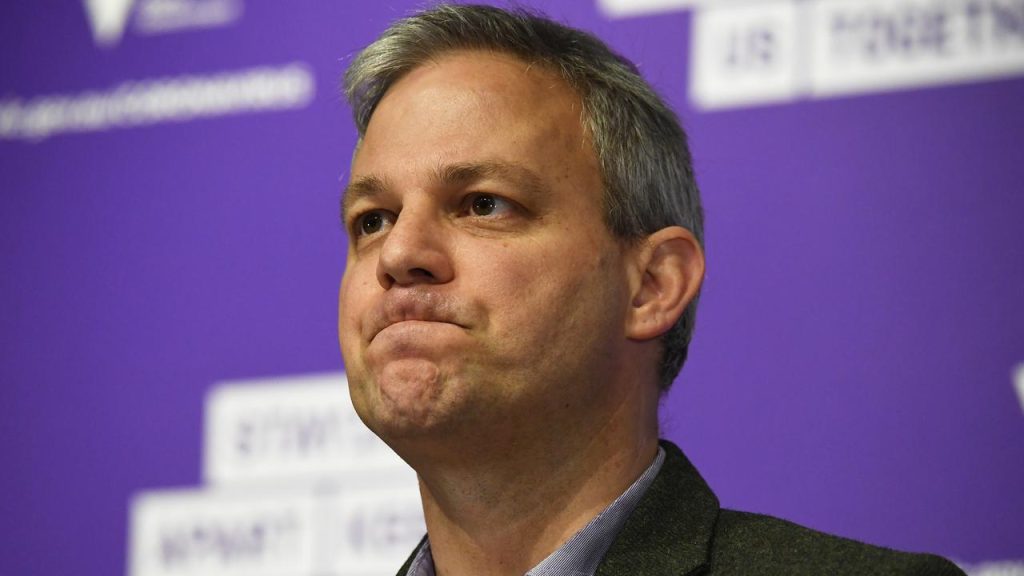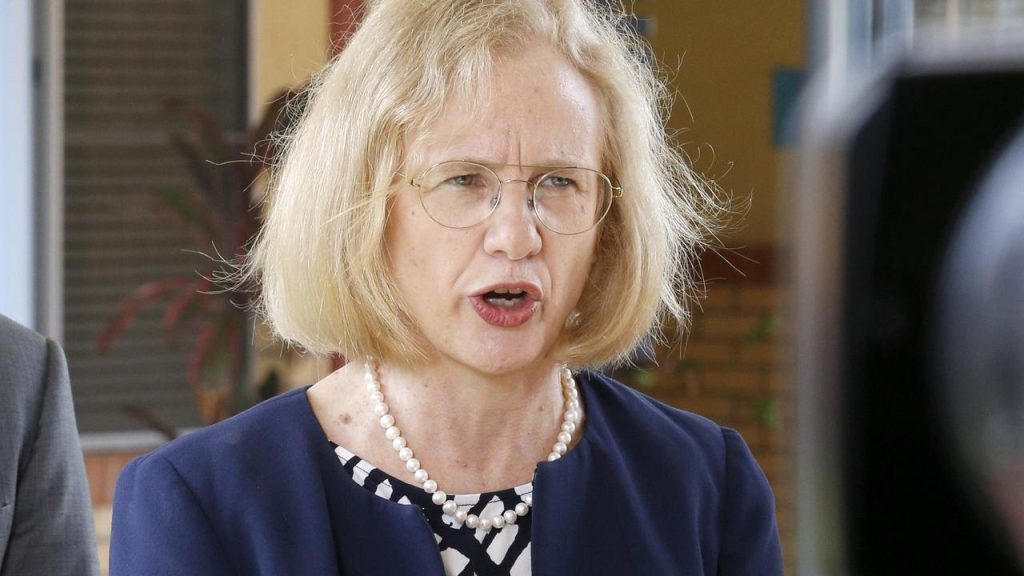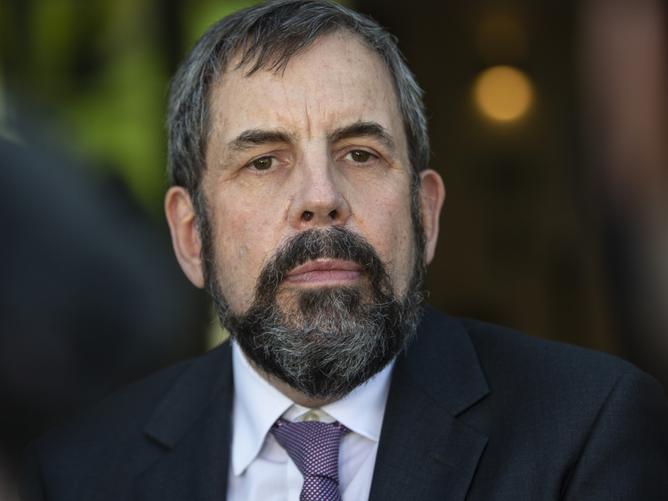The Danger To Society of the Public Health Industry
The public health industry is a menace and remains a threat to Australia.
It comprises people who believe we all require their guidance because, unlike them, we are incapable of making the right choices for ourselves. We must be nudged, cajoled, taxed, and supervised to ensure we get it right. And if that doesn’t work, compelled by force of law.
The Covid pandemic exposed this in stark terms. The authoritarian wave that engulfed us, while mostly authorised by spineless politicians, originated from the public health people behind them. And in almost every case, they got it profoundly wrong.
The result was countless businesses failed, careers ruined, relationships destroyed, and education missed, with worse health outcomes than Sweden. Even the current inflation is primarily a consequence of propping up the economy with borrowed money whilst “flattening the curve”.
In terms of sheer ineptitude, it is difficult to go past the Chief Medical Officers (CMOs) in the states and Commonwealth. Paraded as experts and fawned on by the media, they proved to be foolish control freaks.




CMOs ought to be expert at public health, since their focus is on the health of everyone rather than individual patients, and up-to-date with both the scientific literature and international developments. While not necessarily researchers or experts themselves, they should be well aware of who the researchers and experts are and how to contact them.
Yet repeatedly, the policies they recommended and endorsed were contrary to science, to experience, or both.
It started on day one. Australia’s rational and proportionate pandemic plan was simply abandoned in favour of China’s panicked lockdown model.
Covid-19 is a respiratory corona virus, a well-studied category. It was well known that these viruses are highly vulnerable to sunlight and short-lived outside the body, relying on person-to-person transmission. Outdoor transmission was never likely, yet beaches and parks were closed, and gatherings prohibited. As for indoor spread, what was all that “deep cleaning” about? And why is ventilation only being mentioned now? It’s a no-brainer in the veterinary world.
Once it was obvious that only the elderly were in danger, it was unconscionable to maintain the pretence that everyone else was. Children were never at risk, except from vaccine side effects, yet schools were closed and parents terrorised.
In early 2021 when, contrary to expectations, it became apparent the Covid vaccines did not prevent either transmission or infection, the campaign to vaccinate everyone should have ceased. A statement from a CMO that the unvaccinated presented no danger to anybody else would have ended it. Yet vaccination certificates acquired the status of internal passports in the Soviet Union, and countless people lost their jobs for refusing to be vaccinated.
Ivermectin was being used to treat cases in multiple other countries with clear evidence of its value, yet it was banned from therapeutic use in Australia. How many lives might have been saved if CMOs had learned from what was happening overseas?
From the very beginning, the CMOs knew masks were useless at stopping respiratory viruses. Even Anthony Fauci, Chief Medical Adviser to the US President, said as much. Yet despite zero data to prompt a change, they somehow became a symbol of compliance; a sign that we were worshipping at the Covid altar. Even now there are poor neurotic souls who continue to wear them (and even some medical facilities that still require them.) The CMOs simply allowed the stupidity to continue.
Their advice was at times foolish, even idiotic. The Chief Medical Officer in South Australia, for example, told spectators at a football match to avoid touching the ball. And South Australia was put into lockdown based on a rumour that a man had contracted Covid from a pizza box.

The Covid panic might be over, but the public health industry remains unscathed. The bureaucrat behind Melbourne becoming the world’s most locked down city, where playgrounds were closed and fishing banned, curfews imposed and all manner of other idiocy imposed, was made Victorian Of The Year despite his state recording the highest Covid death rate in Australia. In Queensland, where closing the border with NSW caused enormous suffering, the CMO was promoted to governor.
Much of the harm resulting from the Covid control measures could have been minimised, if not avoided entirely, if the CMOs had stuck to the science. Even if they had thought they were doing the right thing, they could have published their advice to governments so that others with relevant expertise could comment. Of all the CMOs, only Nick Coatsworth has showed any signs of regret.
It is only a matter of time before we are again subjected to their mindset. Even if there are no more pandemics, they will continue to impose their views on issues like smoking, alcohol, sugar and obesity.
The public health industry perpetually worries that we might enjoy ourselves in an unapproved manner. Having succeeded far beyond their expectations with Covid, they remain a clear and present danger to society.


